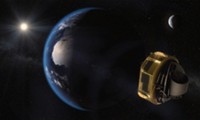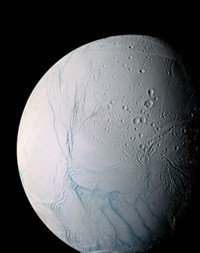Advertisement
Grab your lab coat. Let's get started
Welcome!
Welcome!
Create an account below to get 6 C&EN articles per month, receive newsletters and more - all free.
It seems this is your first time logging in online. Please enter the following information to continue.
As an ACS member you automatically get access to this site. All we need is few more details to create your reading experience.
Not you? Sign in with a different account.
Not you? Sign in with a different account.
ERROR 1
ERROR 1
ERROR 2
ERROR 2
ERROR 2
ERROR 2
ERROR 2
Password and Confirm password must match.
If you have an ACS member number, please enter it here so we can link this account to your membership. (optional)
ERROR 2
ACS values your privacy. By submitting your information, you are gaining access to C&EN and subscribing to our weekly newsletter. We use the information you provide to make your reading experience better, and we will never sell your data to third party members.
Environment
NASA Sends Probes To Van Allen Belts
by Craig Bettenhausen
September 10, 2012
| A version of this story appeared in
Volume 90, Issue 37

Riding atop an Atlas V rocket, NASA’s twin Radiation Belt Storm Probes (RBSP) were launched from Cape Canaveral, Fla., on Aug 30. The RBSP program will explore the Van Allen belts, which consist of charged cosmic particles that become trapped in Earth’s magnetic field. It will also study how the belts change in response to space weather such as solar storms. The Van Allen belts, akin to the aurora borealis or northern lights, are a hazard to astronauts and spacecraft. Better understanding of the belts may lead to improvements in the Global Positioning System, telephone communications, and other systems that depend on satellites, many of which orbit in or near the outer Van Allen belt. The probes will spend two years exploring both belts. Johns Hopkins University’s Applied Physics Laboratory, based in Laurel, Md., designed and built the probes.





Join the conversation
Contact the reporter
Submit a Letter to the Editor for publication
Engage with us on Twitter